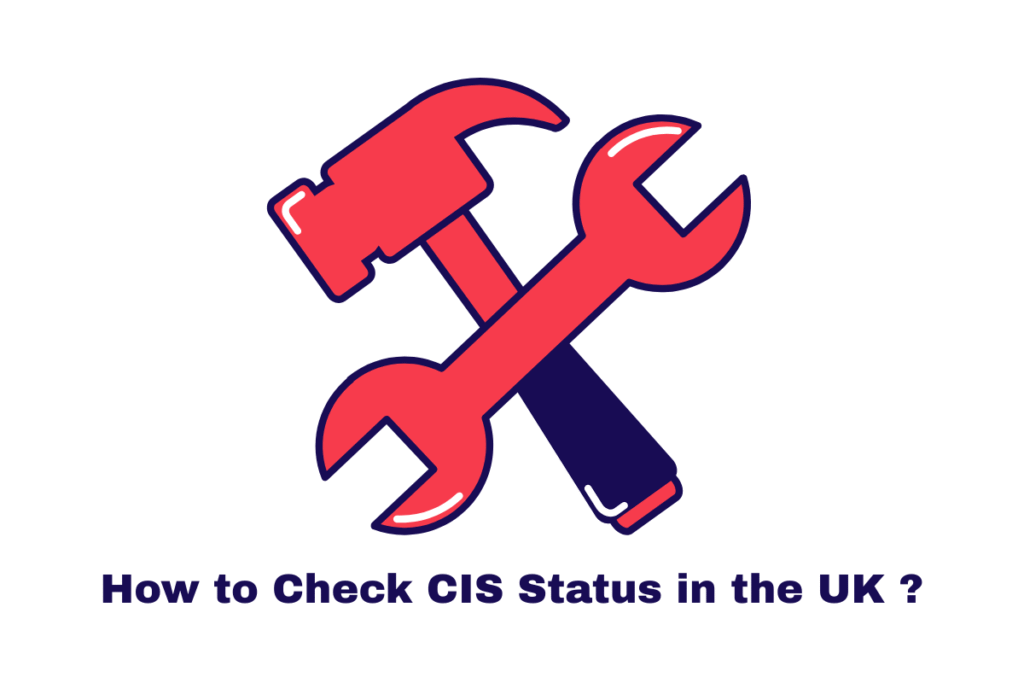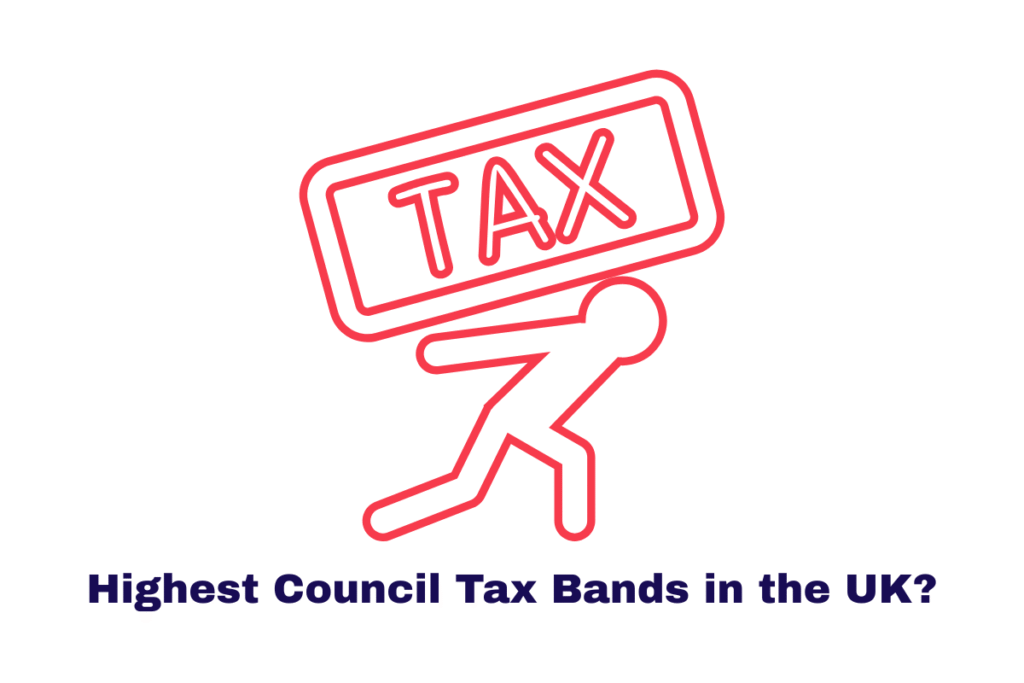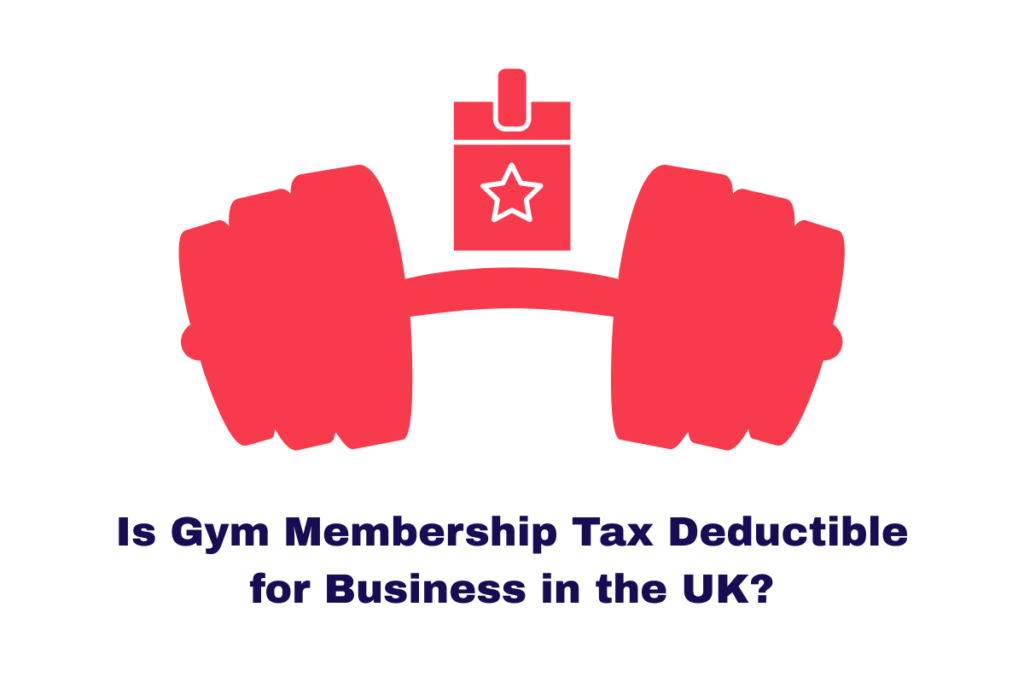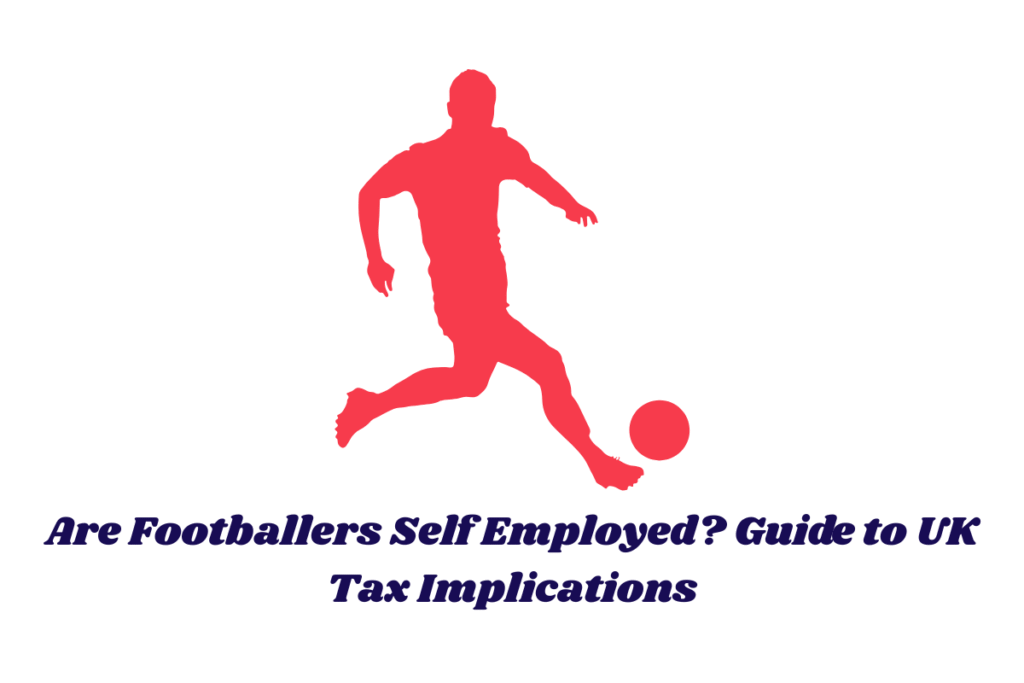If your self-employed income exceeds £1,000 in a tax year, you must ask yourself, “how do I register as a sole trader” with HM Revenue & Customs (HMRC). This article walks you through every step, updated for 2025-2026 tax regulations, backed by official sources.
Summary
“Overview of when and why one needs to know ‘how do I register as a sole trader’.”
1. Understanding Who Needs to Register as a Sole Trader
You must register as a sole trader if you earn over £1,000 from self-employment in any UK tax year (6 April – 5 April). This threshold is before allowable expenses. Additionally, you may wish to register even with lower income—for example, to claim Tax-Free Childcare, contribute voluntarily to National Insurance (Class 2 NIC), or register for the Construction Industry Scheme (CIS).
Summary
“Defines when and why registering is required or voluntary.”
2. Deadline: When to Register as a Sole Trader
You must register by 5 October following the end of the tax year in which you started trading (e.g., start in June 2024 → register by 5 October 2025). Missing the deadline may result in penalties
.
Summary
“Clarifies crucial registration deadline and penalties.”
You can read more articles on different taxe codes in the UK:
1263L Tax Code: Really a Hidden Gem in your Paycheck
1257L Tax Code: What Does it Mean in Your Paycheck?
D0 Tax Code:HRMC’s Premium Rates Impact on You
500T Tax Code: Guide for UK Tax Payers in 2025
SA302: What is it and How to Get One on 2025?
What is M1 Tax Code: Let’s Decode the UK’s Tax Puzzle
What is 64-8 Form? An Expert Guide for 2025
What is P60 Form? How to Find P60 Form?
3. How Do I Register as a Sole Trader: Step-by-Step
- Visit GOV.UK and navigate to Register as a sole trader → Self Assessment.
- Provide your National Insurance number and Government Gateway login—or create one if needed.
- Fill in personal details, trading name (if different), nature of business, and address.
- Submit online—the service is free and typically takes around 10–15 minutes.
- HMRC will then send your Unique Taxpayer Reference (UTR) (within ~10 working days) and an activation code to set up your online account.
Summary“Stepwise guide to completing the sole trader registration process.”
4. What Happens After Registration
Once registered, you’ll:
- Use your UTR to submit a Self Assessment tax return annually, by 31 January (online) or 31 October (paper) after the tax year ends.
- Pay Income Tax and National Insurance contributions (Class 2 & Class 4) on profit.
- If profits exceed £1,000, payments on account may be due (two instalments: by 31 Jan and 31 Jul).
- Keep comprehensive records of income, expenses, VAT, PAYE (if applicable) for at least five years.
Summary“Outlines next steps and annual obligations after registering.”
5. 2025 Income Tax and National Insurance Rates (for Sole Traders)
For 2024/25 and 2025/26 tax years:
- Personal Allowance: £12,570
- Income Tax:
- Basic rate (20%) on profits £12,571–£50,270
- Higher rate (40%) on £50,271–£125,140
- Additional rate (45%) on over £125,140
- Basic rate (20%) on profits £12,571–£50,270
- Class 2 NIC: optional/via profits below small profits threshold; rates rising from £3.45/week to £3.50/week for 2025/26.
- Class 4 NIC: 6% on profits £12,570–£50,270; 2% on profits above that.
- VAT: mandatory if taxable turnover exceeds £90,000 in 12 months.
Summary“Breaks down relevant 2025 tax and NIC bands for sole traders.”
6. Choosing a Business Name
You may trade under your own name or adopt a business name—but you must not include “Limited”, “Ltd”, “LLP”, “PLC” or other restricted words.
Offensive or misleading words are also banned. If you’re concerned about IP, check the Trade Marks Register and Companies House for availability. Always include your legal name and (if used) trading name on official documents like invoices.
Summary
“Explains naming rules to maintain clarity and compliance.”
7. Record-Keeping and Accounting Best Practice
You must keep accurate records of income, allowable expenses, VAT, PAYE, and grants for at least five years after filing . Examples of allowable expenses include stationery, travel, utilities, training, and portion of home bills if working from home. Good record-keeping simplifies tax reporting and protects against HMRC queries.
Summary
“Highlights record-keeping obligations and benefits of organised accounting.”
8. When Might You Consider Forming a Limited Company Instead?
While not required for sole traders, some switch to a limited company to:
- Protect your business name via Companies House registration; sole trader names offer minimal protection.
- Achieve limited liability, reducing personal asset risk.
- Potentially benefit from corporation tax rates, dividend tax planning, and better financing options.
However, limited companies face increased administrative and filing responsibilities (e.g. annual confirmation statements, public filing of directors and accounts).
Summary“Explores reasons and trade-offs for transitioning to a limited company.”
09. Key Government and Credible References
- Register as a sole trader – GOV.UK (Self Assessment): essential official step-by-step guidance GOV.UK+1.
- HMRC tax and NIC thresholds for 2025/26 — used above to ensure accuracy.
- FAQs and support (e.g. NerdWallet UK, ANNA, HSBC Business) to cross-check and clarify processes
Summary Table: “How Do I Register as a Sole Trader” Overview
| Step | Action |
| 1 | Determine if income exceeds £1,000 → need to register |
| 2 | Register by 5 October after first tax year of trading |
| 3 | Use GOV.UK Self Assessment online form → get UTR & activate account |
| 4 | Submit tax return by 31 January, pay tax & NICs |
| 5 | Keep accurate records and manage taxes annually |
| 6 | Consider limited company if liability or tax planning concerns arise |
Final Thoughts
Knowing how do I register as a sole trader is essential for anyone starting self-employment in the UK. The process is free, relatively quick, and ensures you meet your legal tax obligations.
While the sole trader structure is simple, make sure you stay on top of deadlines, record-keeping, tax rates and NICs for 2025–2026. And if your business grows or you’re concerned about liability, exploring limited company status is a smart next step.
The content provided on TaxCalculatorsUK, including our blog and articles, is for general informational purposes only and does not constitute financial, accounting, or legal advice.
You can also visit HMRC’s official website for more in-depth information about the topic.











